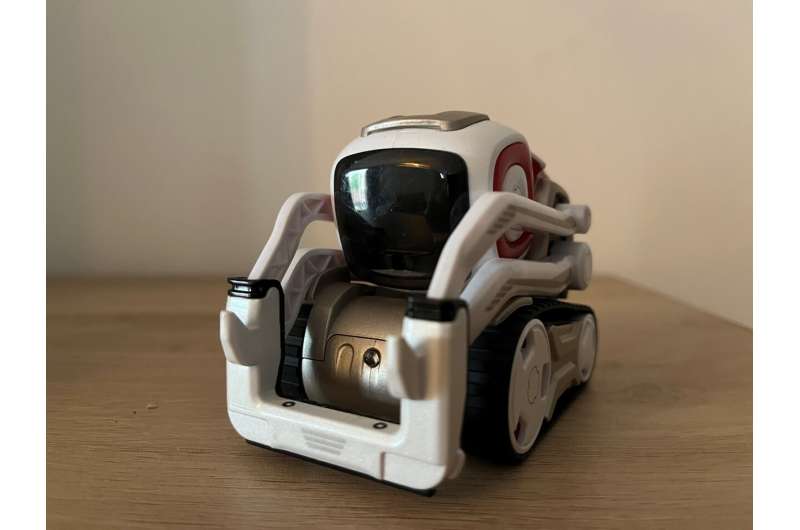The act of playing a game with a robot can make it seem more human. Social interaction helps people see robots as independent and intentional.

People are more likely to see robots as human-like when they engage with them socially—such as by playing a game—according to new research from the University of East Anglia. The study found that even brief, playful interactions can shift human perception, making robots seem more independent and emotionally engaging.
The researchers tested this idea using a small robot named Cozmo and more than 100 participants. Half the participants played a social game with Cozmo before doing anything else. These individuals were significantly more likely to view the robot as having human-like traits. In contrast, participants who only interacted with the robot through mechanical tasks did not form the same impression.
This change in perception was also reflected in how people interpreted the robot’s actions. The study noted that while people are generally accurate when judging the timing of events, they tend to make consistent errors when events are caused by humans. Participants who first played a game with the robot made similar timing errors when observing its actions—suggesting that they began treating it as if it were human.
Researchers say this points to a deeper shift in how people process robotic behavior. When a robot is introduced in a social context, like through play, its actions are interpreted as intentional and independent—even if the robot doesn’t resemble a human. Without that context, even sophisticated robots may still be seen as nothing more than machines.
The findings have real-world implications. As robots become more common in areas like healthcare, customer service, and everyday environments, designing interactions that feel social and personal could make them more acceptable and relatable to people. The study suggests that starting with a small, shared activity—like a simple game—can help “break the ice” between humans and machines.
This subtle but important shift in perception highlights a key principle in human-robot interaction: context matters. Even a non-humanoid robot can be seen as more than just a tool if introduced in the right way. As robots increasingly enter daily life, a playful first step might be the most effective path to building comfort and connection.
Reference: Luca Pascolini et al, Observed nonhumanoid robot actions induce vicarious agency when perceived as social actors, not as objects., Journal of Experimental Psychology: Human Perception and Performance (2025). DOI: 10.1037/xhp0001351









